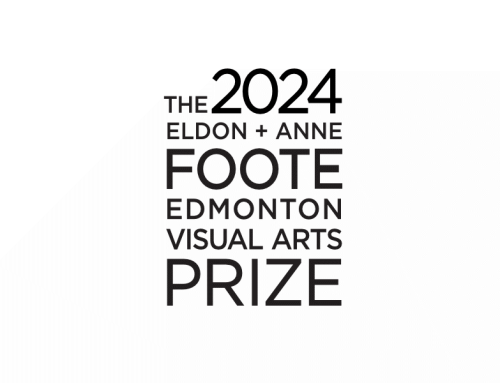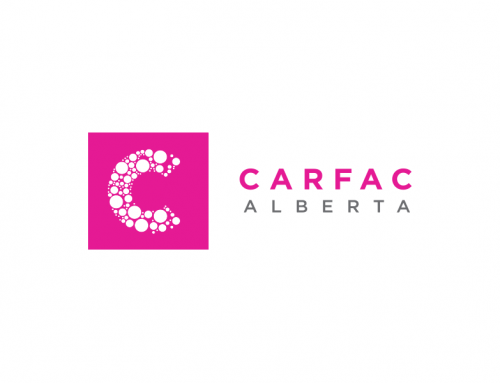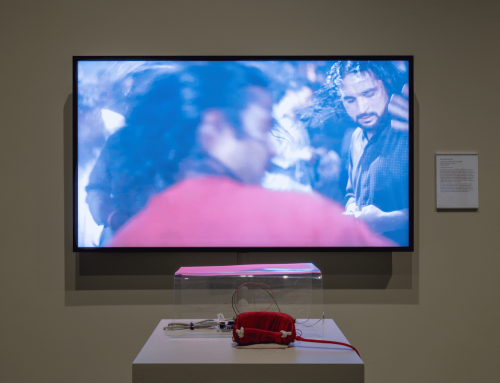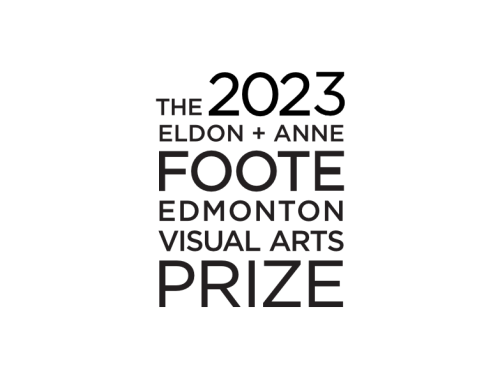THE HANDS OF JACK BUTLER
Jack Butler may not be the person you picture when the word “artist” comes to mind.
Sometimes, he’s a scientist. Other times, a biologist. On occasion, a licensed financial planner. But always, Jack Butler is an artist.
In 1976, he got an offer from the Children’s Hospital of Winnipeg to join a medical research team. Working side-by-side with an endocrinologist, a surgeon and an ethicist for the next four years, Butler would explore the development of human genitals in relation to certain diseases.
The study of embryology, a section of biology that deals with the development of human embryos, had been an artistic muse of Butler’s for many years.
“I did my first explorations into embryology when I was a high school student raising chicken eggs. I opened them day after day as they matured. I did drawings of what the little chick embryos looked like and was fortunate in that I had a girlfriend whose father was chief of staff of a hospital in Pittsburgh and he cultivated my interest through actual laboratory training,” explains Butler in a recent interview.
Those four years of work have spanned a thirty year dance with embryology.
Butler’s work has posed scientific questions and occasionally unearthed answers. It engages and reflects the human touch that only a gifted artist can provide, or in Butler’s words, “the methods and intellectual, visual and material tools of art-making.”
One of the projects that came out of Butler’s research is “Embryogenesis of Breath.” As he explains it: “It was a project to come up with the modeling for how the lungs develop the capacity to breath literally in the embryological development and how the tiny little buds at the beginning turn out to produce the millions of chambers which are capable of transpiration of gases.”
On a website (http:// interlog.com/~fatemaps/breath) dedicated to the project, Butler further explained his vision: “How can I model the complex development-in-time of those unknown embryological structures which, at birth, will support the breath? As a visual artist facing a scientific question, I proceed by a process of visual analogy based on a dialogue between biology and art. The most critical question is: How can I keep theory embodied, in touch with lived experience?”
In examining slides of embryological lung tissue, Butler harkened back to his days in Baker Lake (a small hamlet in the Canadian Arctic) and photographs he had taken of the patterns formed by ice as it froze on an Arctic lake and the waves that would form at the ice’s edge.
“It was through a process of visual analogy.” Butler explains. “For instance, the patterns in the formations of ice forming under pressure might relate to what’s happening in the developing human lungs.”
From this discovery, Butler’s hands crafted models of the embryonic lungs that showed the development of breathing chambers. He conducted x-ray research, performance art and medical research.
Butler elaborates: “I came up with a mathematical basis which demonstrates what the average alveoli would be structured like mathematically.”
For Butler, there is always more work to do. “I’m motivated the way most artists are. I do this work because it’s imperative to my own understanding of how the world works,” explains Butler.
“It grows in intensity and it’s more and more imperative that I feel like I get it right all the time. I think I get the questions right, but the answers keep changing.”
In addition to Butler’s ongoing interest in embryology, he has recently been focused on following up on his work in Baker Lake, Nunavut.
Starting in ’69, Butler introduced the concept of art-for-sale to the Inuit in Baker Lake.
To examine the result of this work, the Art and Cold Cash Collective was formed in 2004 and comprised Butler, his former wife Sheila, Patrick Mahon, Inuit artist William Noah and writer/critic, Ruby Arngna’naag.
“We went back each year over several years—staying about a month each time. Our purpose was to look at the outcome of what we had initiated in the 1970s by introducing Western concepts of art making,” says Butler, “and what has been impact of the de-facto introduction of capitalism into a society that was barter-based.”
The answer lies in a book, “Art and Cold Cash,” published this year by YYZ Books.
Butler has only recently joined Access Copyright as an affiliate. It was YYZ Books that led Butler to the organization.
“I think this can be very useful,” said Butler. “Any way of maintaining public access in a responsible way and giving the potential to earn something is a good thing. As artists, we definitely need all the support we can get.”
Access Copyright was established as a not-for-profit organization in 1988 by a group of authors and publishers with a common and simple objective, to protect the value of their intellectual property by ensuring fair compensation when their works are copied. The organization represents the reproduction rights of and distributes royalties to thousands of Canadian authors, journalists, visual artists and publishers.
Photographers and other visual artists who have had at least one work published in print can become Access Copyright affiliates. When Access Copyright discovers that one of their works has been copied under one of our licences, the royalties are sent to them. Visual artists are also eligible for our annual PaybackTM payment.
Want to know more about Access Copyright and our services?
Visit us online today at www.accesscopyright.ca.
To view Jack Butler’s work, visit www.fatemaps.ca and www.artcoldcash.ca.






